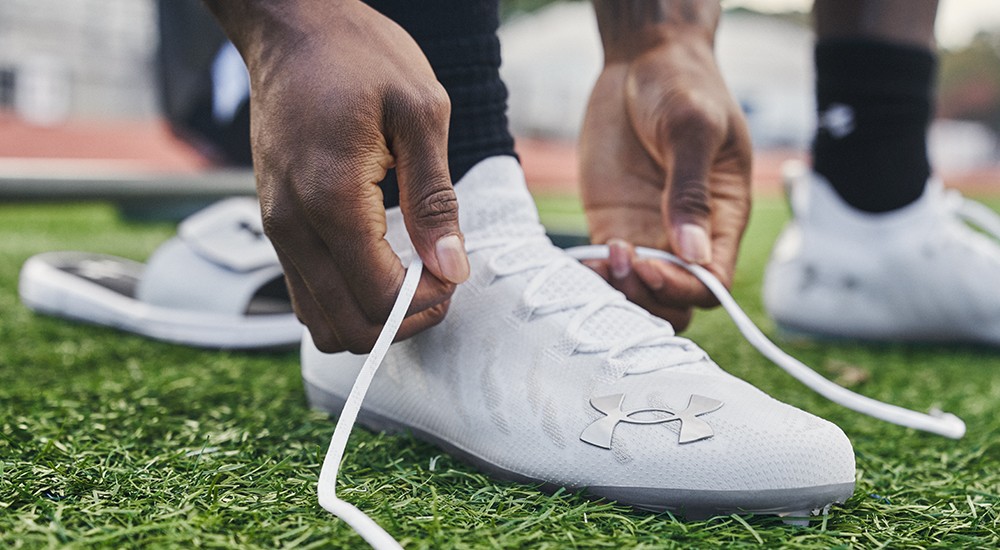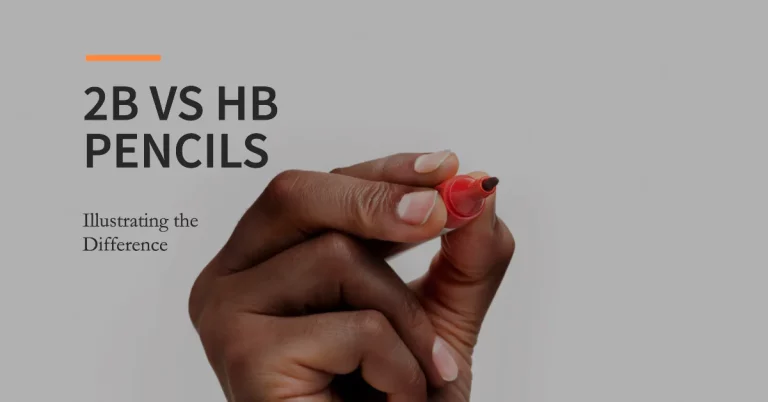What is the difference between football and soccer cleats
Did you know what is the difference between football and soccer cleats ?
We will explain main key differences between football and soccer cleats, so you can pick the right pair.
Let’s discuss their specific, design, features , soles, studs, materials, and more.
Football Cleats

Football cleats are design to provide maximum support, traction, and stability for players.
Here are some key characteristics of football cleats:
- Soles: Football cleats typically have thicker and more cushioned soles to absorb shock and provide extra support for explosive movements and hard impacts.
- Studs: Football cleats usually have a larger number of studs or cleats on the bottom, which come in various shapes (such as conical, bladed, or screw-in) for optimum traction. These studs are essential for the quick changes in direction and bursts of speed needed to evade opponents or make powerful tackles.
- Materials: Football cleats often have a sturdy, high-cut design made of leather or synthetic materials. High-cut cleats provide additional ankle support to protect players during tackles or jumps, and they come with either detachable or molded studs.
Soccer Cleats

Soccer cleats are design for the more fluid, continuous nature of soccer and focus on enhancing touch, control, and agility. Here’s a breakdown of soccer cleat features:
- Soles: Soccer cleats made with thinner, flexible soles compared to football cleats. Which allows players to feel the ball better and make quicker, more precise movements.
- Studs: Soccer cleats generally have fewer, rounded studs that are uniformly distributed. This design is suitable for the smoother and more continuous motion of soccer, enabling players to glide and pivot without sacrificing traction.
- Materials: Soccer cleats are typically lighter and made of softer materials, such as leather or synthetic leather. The low-cut, streamlined design allows for a greater range of motion and an improved connection with the ball, so players can make precise, controlled touches.
Why the Design Differences?
The cleats are designed differently because football and soccer have unique demands and playing styles.
There is two main differences, First, football cleats have a stud or spike at the toe, while soccer cleats do not. Second, design and build quality is different.
Football cleats prioritize support, stability, and explosive movements, while soccer cleats focus on touch, control, and agility.
- Studs: Football cleats have a toe stud, while soccer cleats do not. The toe stud helps football players with acceleration and jumping, especially when blocking or tackling. Soccer cleats are designed to give players a better feel for the ball, so the toe stud would interfere with that.
- Cut: Football cleats come in low, mid, and high-top styles, while other are typically low-cut. The higher cut of football cleats provides more ankle support, which is important for players who make sudden stops and starts. Soccer players, on the other hand, need more flexibility in their ankles to be able to change direction quickly.
- Weight: Football cleats are typically heavier than soccer. This is because football cleats need to be more durable and provide more support. Soccer cleats are design to be lightweight and flexible so that players can move quickly and easily.
- Price: Football cleats are typically more expensive than soccer cleats.
Here is a table that summarizes the key differences between football and soccer cleats:
| Feature | Football Cleats | Soccer Cleats |
|---|---|---|
| Studs | Have a toe stud | Do not have a toe stud |
| Cut | Come in low, mid, and high-top styles | Typically low-cut |
| Weight | Typically heavier | Typically lighter |
| Price | Typically more expensive | Typically less expensive |
I hope this helps!
Choosing the Right Cleats
When selecting a cleat, it’s important to pick the right type for the specific sport you play:
- For football players (gridiron football or American football), choose football cleats with plenty of studs, thick soles, and high-cut design for the ultimate support and traction.
- For soccer players (association football or European football), go for soccer cleats that are lightweight, low-cut, and have rounded studs to maximize your touch, control, and agility on the field.
Refence Links







